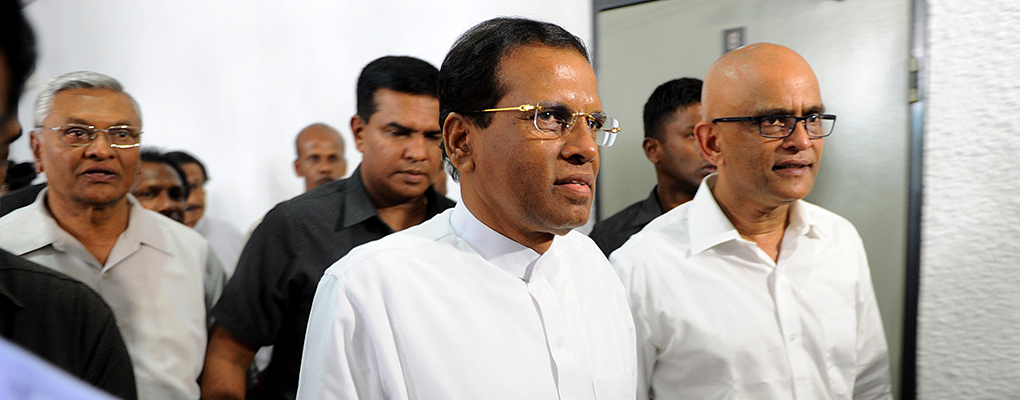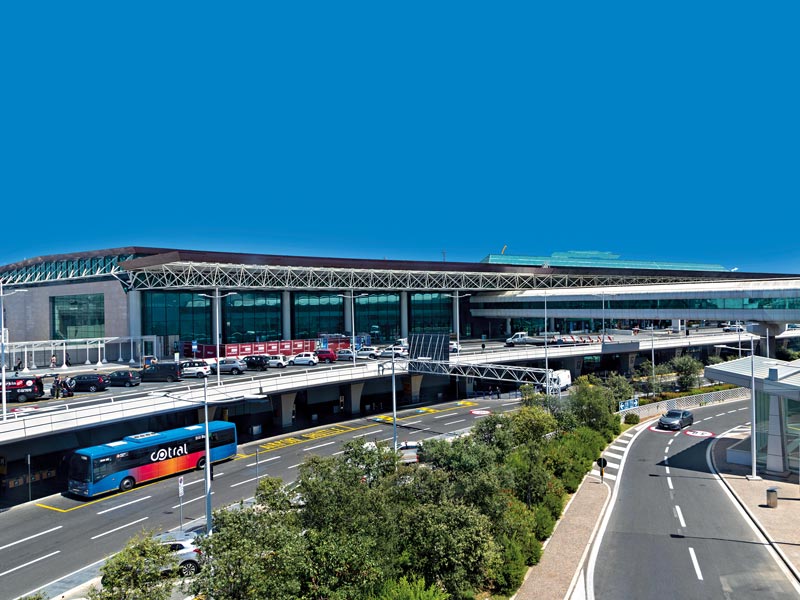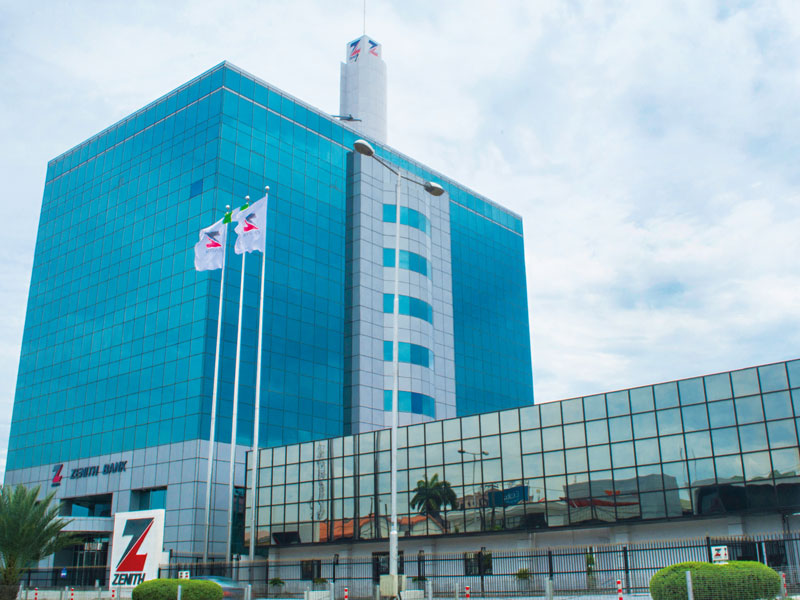Sirisena shakes up Sri Lanka

Following Mahinda Rajapaksa’s increasingly authoritarian 10-year reign, the election of Maithripala Sirisena came as much as a surprise in Sri Lanka as it did for international onlookers. Formerly the health minister until defecting in November, the President-elect has pledged to eradicate corruption, reduce reliance on China and forge closer ties with India and the West. In his inauguration speech, Sirisena hailed a 100-day programme as the start of economic and political reform in Sri Lanka. Amid the host of pledges made by the new government, a tactical and sustainable strategy is required in order to maintain the country’s impressive GDP growth, while tackling its burgeoning fiscal debt.
Sirisena has stressed the importance of combating corruption, which has burdened the promising economy in recent times
Sirisena’s promises
Starting with the reshuffle of a cabinet that was often criticised for nepotism, Arjuna Mahendran has been named as the new head of the central bank. Fresh to the political scene, Mahendren brings a wealth of private banking experience from HSBC and Emirates NBD. While former commerce minister, Ravi Karunanayake, has stepped up to the post of finance minister. Sirisena’s pre-election campaign promises were maintained by Karunanayake upon his appointment when he reaffirmed that subsidies would be granted for 10 commodities, including fuel. In addition to the president’s pledge to raise government wages, Karunanayake announced that a mechanism will be implemented to increase wages in the private sector also. He added that a new focus will be paid to fine-tuning the management of revenue and tax collection, an ongoing problem faced by the Rajapaksa regime.
Sirisena has stressed the importance of combating corruption, which has burdened the promising economy in recent times. Potential cases can be found in a number of Chinese-funded infrastructure projects. For example, the new 25.8km Colombo-Katunayake Expressway funded by Exim Bank of China cost 1.8bn Sri Lankan Rupees ($13.6m) per km to build, making it the most expensive highway ever constructed. The Magampura Mahinda Rajapaksa Port and the Mattala Rajapaksa International Airport have also been earmarked for gross overspending and a lack of transparency. The Sirisena regime has stated that the mammoth Colombo Port City project, which is currently under construction, could be shut down if financial and environmental discrepancies are found. Yet despite the rhetoric of the new government, analysts believe that this may not come to fruition, “I would actually argue that some of this talk about reviewing Chinese projects and the like could simply be a negotiating tactic for a better deal, rather than cancelling these projects outright. They could be fishing for even more generous terms, it’s certainly a possibility”, says Sasha Riser-Kositsky, South Asia Analyst at the Eurasia Group.
Upon his election, Sirisena notably outlined a shift away from dependence on China. As well as receiving more than $4bn in loans for various infrastructure ventures in recent years, Sri Lanka also heavily relies on China for much of its exports. According to Lanka Business Online , loan conditions include importing raw materials, as well as labourers and contractors from China. While hugely indebted to China, Sri Lanka is simultaneously pumping money into its debtor’s economy. The island has thus become increasingly tied to China, financially and possibly politically also, as illustrated by the deployment of a Chinese military submarine to Colombo Port twice in September. Although fiscal reliance on China can be reduced over time, it cannot be achieved in the short term, and certainly not within Sirisena’s 100-day regime.
The president-elect also swiftly set out his intentions of forging stronger economic ties with India, a natural partner for Sri Lanka in the region. Moreover, Sirisena has stressed an importance in adopting closer allegiance with the West, following strained relations resulting from a bloody end to the 30-year civil war in 2009. Fostering these closer trade partnerships can potentially secure continual and improved performance of Sri Lanka’s exports. This is of particular significance given that chief exports such as tea, garments, manufactured goods and agricultural products are a predominant factor for Sri Lanka’s recent economic growth. The Asian Development Bank reported that exports had increased by 16.8 percent during the first half of 2014, an impressive figure for a country that contended with prolonged drought. Within the same period, imports fell by 1.2 percent, thereby reducing the budget deficit by 20.1 percent to $3.5bn. A focus to improving production and distribution capabilities is essential for increasing exports and thereby maintaining continued fiscal growth.
Growing economy
Despite numerous cases of tax evasion and gross overspending, the economy improved considerably under the Rajapaksa regime. In terms of GDP growth, the post-conflict state is the fastest growing economy in South Asia. While the country’s inflation rate has also improved, falling by 6.7 percent to 2.10 percent in December. According to the Sri Lanka Labour Force Survey, total unemployment also dropped from 4.6 percent in Q1 2013 to 4.1 percent in Q1 2014.
The Sri Lankan Treasury reports the service industry accounted for 57.5 percent of Sri Lankan GDP for the first nine months of 2014
In spite of the corruption allegations that have tarnished a number of large projects, the objective of improving the country’s infrastructure has been of particular economic significance. For example, rail services between the north and the south of the island were connected for the first time in over two decades in October, both a functional and symbolic event for Sri Lanka. This link brings considerable benefits for the tourism industry, as well as for potential investment. Travellers and visiting investors alike can move around the country with far greater ease and speed, a far cry from the previous mode of notoriously bumpy roads.








